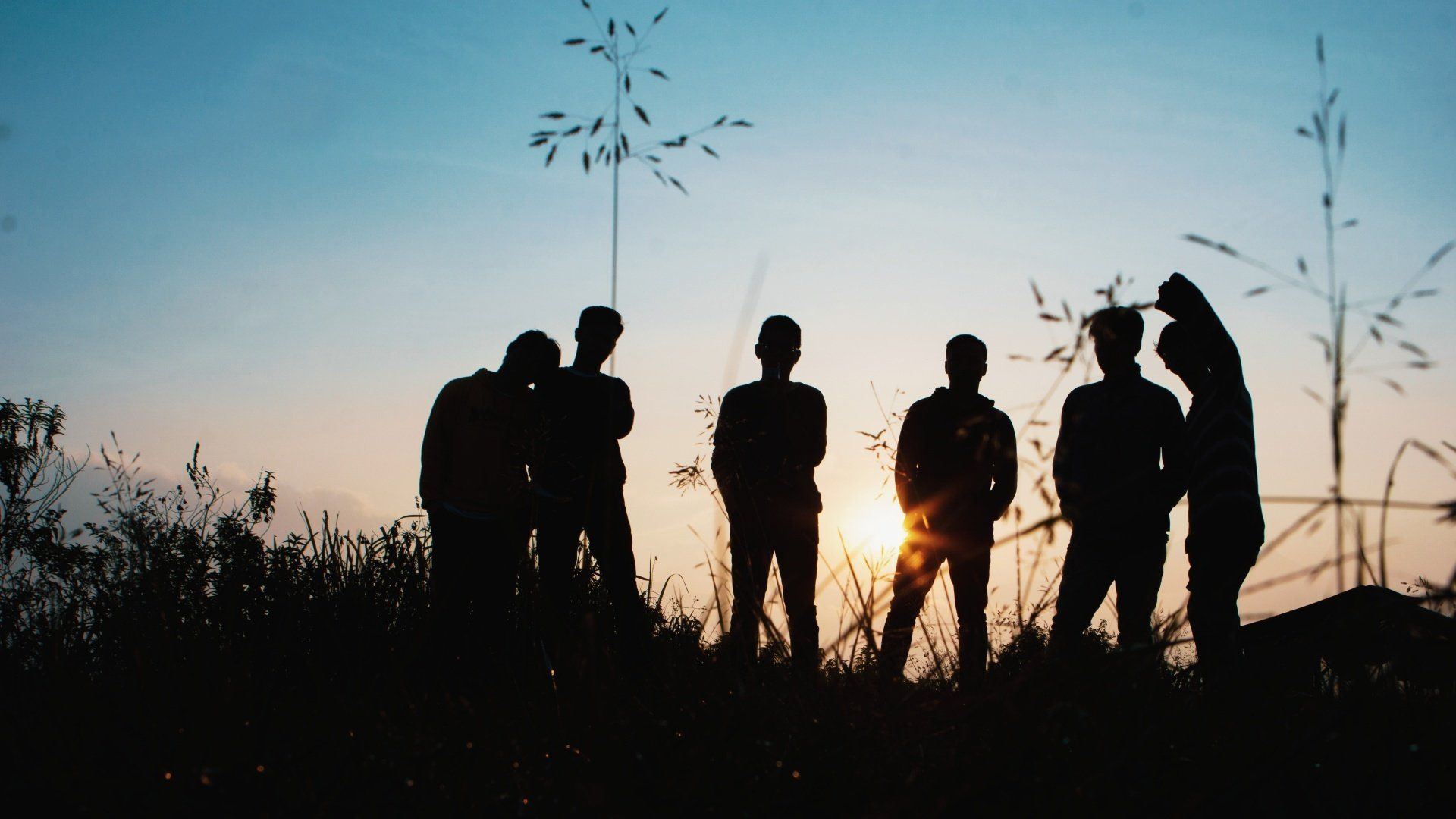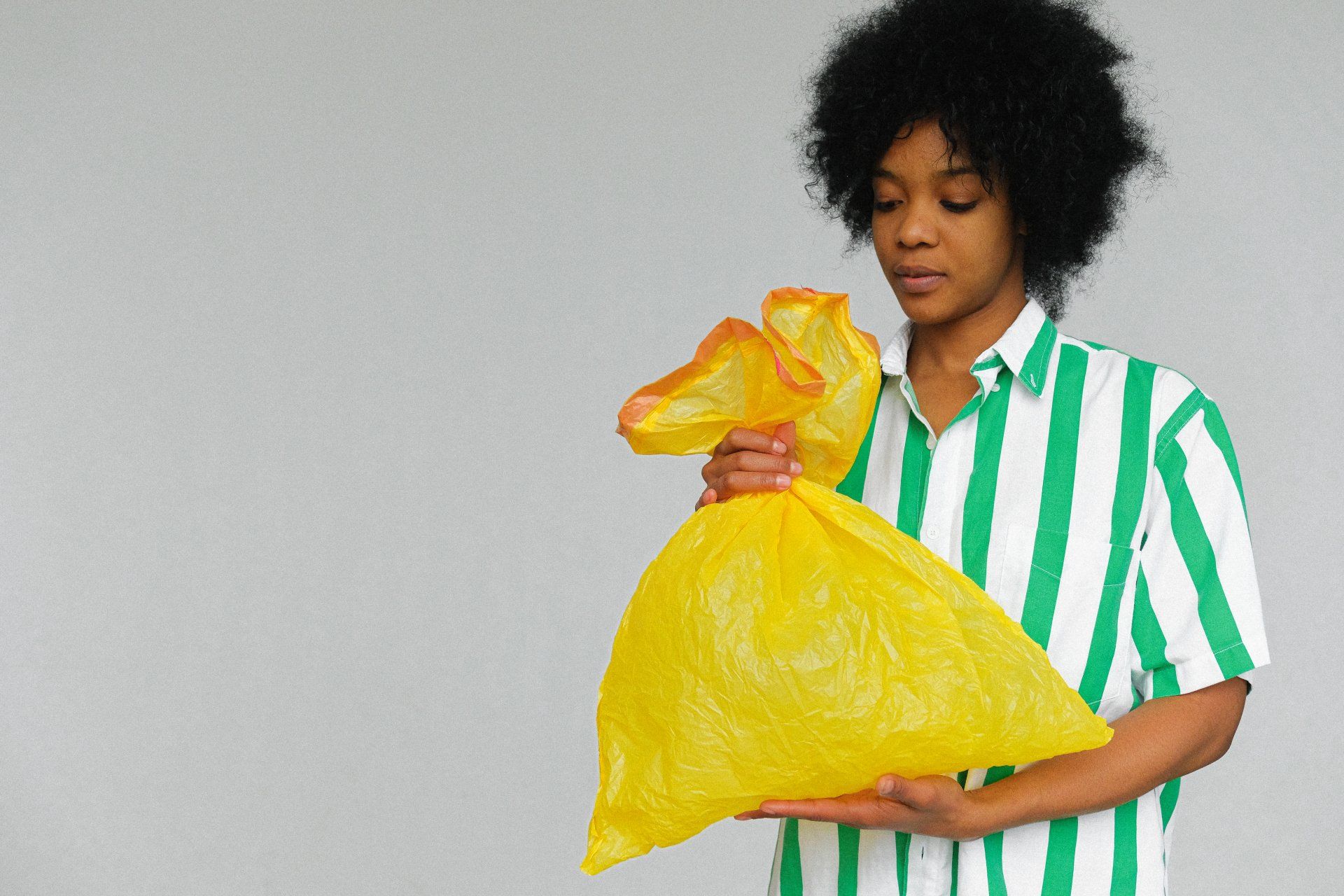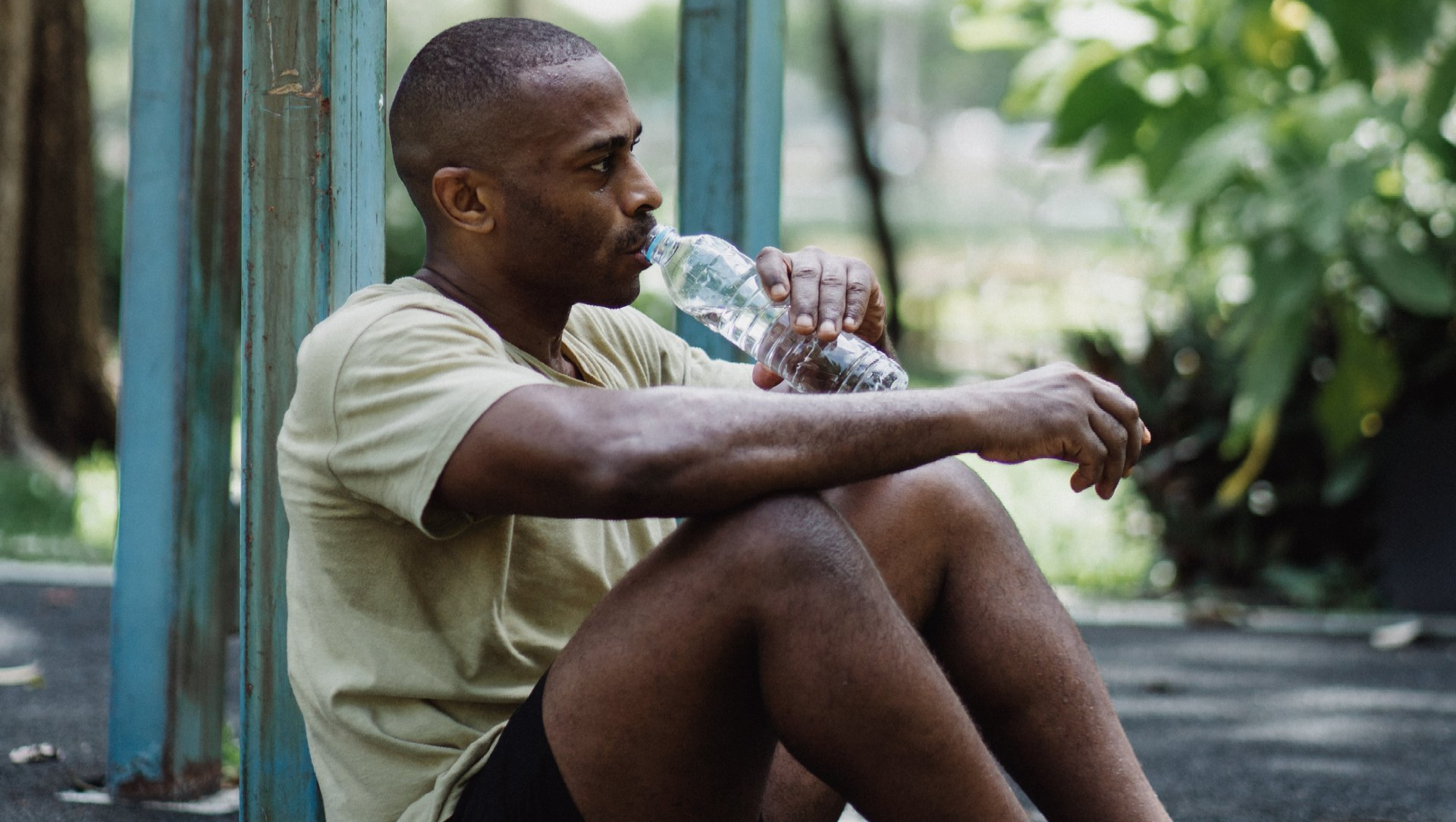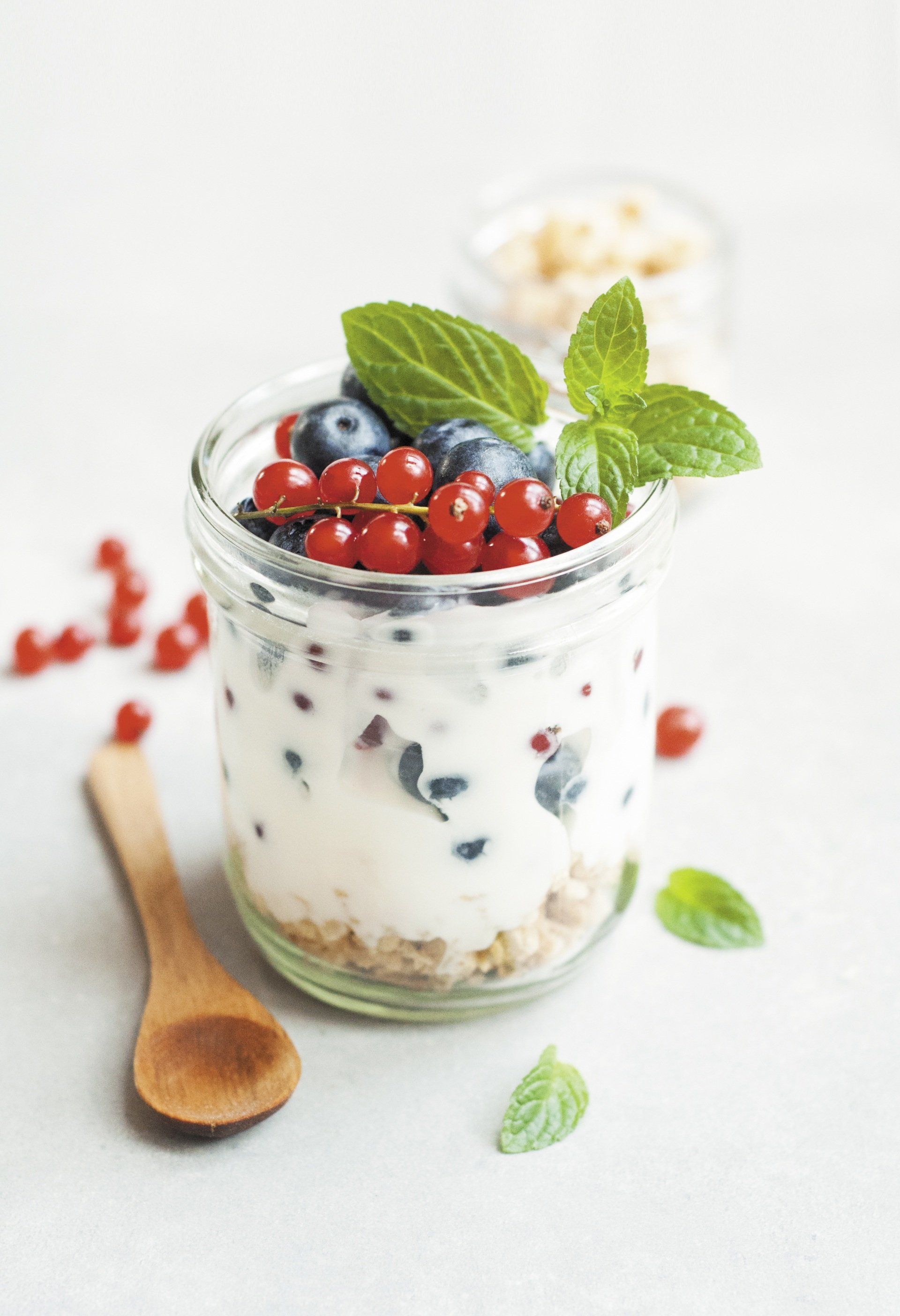BIOMIMICRY
- MPOPHOMENI -
OUR CHALLENGE TO BIOLOGY
How does nature create resilient and regenerative forestry ecosystems?
INNOVATIONS
Tree Planting
Inspired by the role of biodiversity and the current challenges, arrange for collaboration between the Mpophomeni community and timber plantation owners on the following issues: The timber plantations begin to restore some biodiversity that will reduce environmental degradation such as soil erosion. This could include planting indigenous trees in rows alongside commercial timber in a manner that would still enable harvesting of the commercial timber.
Edible Forest
Indigenous trees could include fruit trees and medicinal plants, permaculture - essentially creating an edible forest that doubles up as a carbon sink, food security, income to sustain livelihoods and restoration of biodiversity such as pollinators and microbes to restore soil fertility.
Furniture Production
Alorisation of some of the timber in the local production of furniture to create jobs in the community and for production of decent housing for the community.
APPLICABLE LIFE'S PRINCIPLES
OUR NEXT CHALLENGE TO BIOLOGY
How does nature access resources outside the regular habitat for the benefit of the habitat ecosystem?
INNOVATIONS
APPLICABLE LIFE'S PRINCIPLES
OUR NEXT CHALLENGE TO BIOLOGY
How does nature leverage low energy processes?
INNOVATIONS
APPLICABLE LIFE'S PRINCIPLES
OUR NEXT CHALLENGE TO BIOLOGY
How does nature reuse materials?
INNOVATIONS
Waste Conversion
The sanitation challenge in Mpophomeni could be mitigated through specific interventions, such as those that would convert the ‘waste’ into a resource that can provide livelihoods for those involved. Nature also filters water with sediments, nutrients and microorganisms. For solid waste – Human produced solid waste like plastics, paper, food wastes, etc. can be recycled. There are typically 4 ways solid waste can be recycled and reused. See the next 4 innovations to learn more.
Biodegradable Materials
Source reduction, which means to reduce the amount of solid waste that is produced in the first place. For example, people could use. reusable bags or containers instead of using single-use paper bags. Nature produces materials that can be broken down into biodegradable or benign constituents.
Organic Waste Conversion
Turn waste into energy, which is called energy recovery. An example of this is a facility that processes waste into energy through burning. it, converting it into electricity. Organic waste may be converted to gas without need to heat.
APPLICABLE LIFE'S PRINCIPLES
OUR NEXT CHALLENGE TO BIOLOGY
How does nature filter dirty or polluted liquids?
APPLICABLE LIFE'S PRINCIPLES
OUR NEXT CHALLENGE TO BIOLOGY
How does nature create cooperative relationships?
INNOVATIONS
Cultural Events
Biodiversity for a thriving ecosystem – promote establishment of cultural community events that celebrate diversity such as through music, dance, poetry, dress, food etc.
Policing Forum
Animals of different species drink from the same watering hole, including prey and predators – create forums that benefit the entire community such as community policing forums, sanitation days where community members come together to clean-up public spaces, community planning sessions organised by the municipality for residents to contribute ideas on community priorities, community radio station with advisory board drawn from diverse community members, a community art installation that represents the aspirations of the community, and public notice boards where vacancies are announced to promote transparency.
Shared Assets
Different branches of a tree are supported by the trunk – create shared community assets such as selling them shares in the timber plantations so they can protect them from fire, illegal loggers etc.
APPLICABLE LIFE'S PRINCIPLES
OUR NEXT CHALLENGE TO BIOLOGY
How does nature optimise local resource use?
INNOVATIONS
Product Valorisation
Valorise local products as much as possible to develop skills, create employment opportunities and stimulate local socio-economic development. A good example is transformation of dairy milk to various products such as cheese, pasteurized milk, yoghurt, flavoured milk, dips and spreads for snacks.
APPLICABLE LIFE'S PRINCIPLES
OUR NEXT CHALLENGE TO BIOLOGY
How is nature locally attuned and adapted?
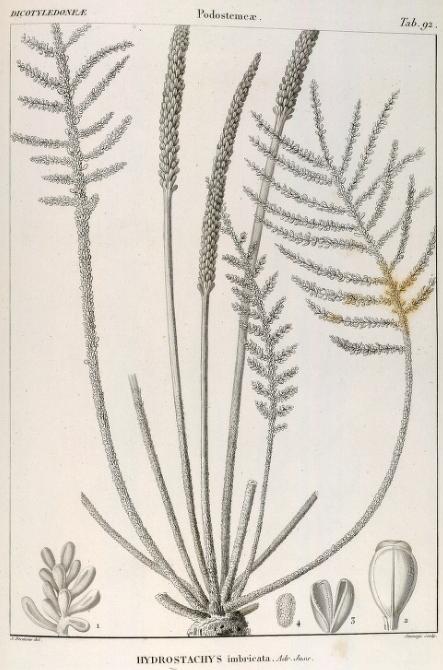
Hydrostachys_imbricata sp. is an aquatic plant that grows on rocks in fast-moving water.
As mentioned in the Mpophomeni Story of Place, it is unable to survive without the turbulence of water.
It thrives in the white waters which give such a thrill to rafters. “Living life on the edge, this plant has a formula for adhesion that enables it to cling to the rocks, better than any superglue on the market”.
Studying the adhesion properties of this plant may one day lead to the “Mpophomeni Superglue” for use underwater and/or moist environments.
INNOVATIONS
Mpophomeni Superglue
Team up local nature organisations with local universities to develop products inspired by local organisms such as an "Mpophomeni Superglue" mimimicing the adhesion mechanisms of the Hydrostachys_imbricata sp. which is endemic to Kwa-Zulu Natal.











